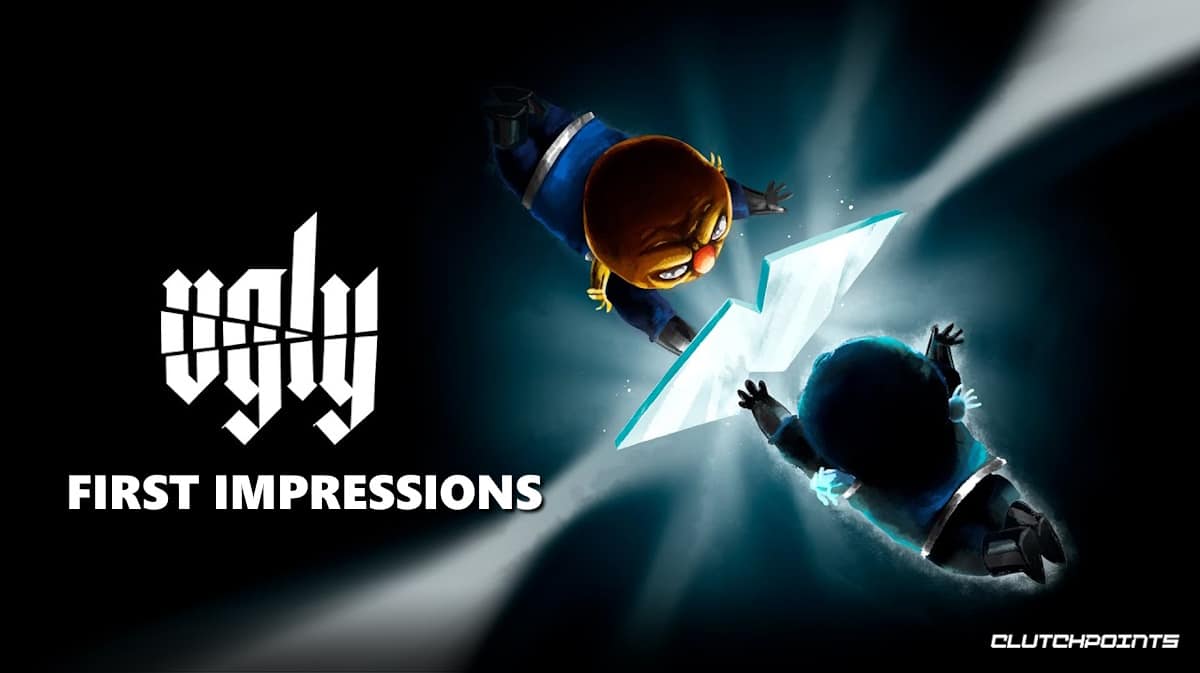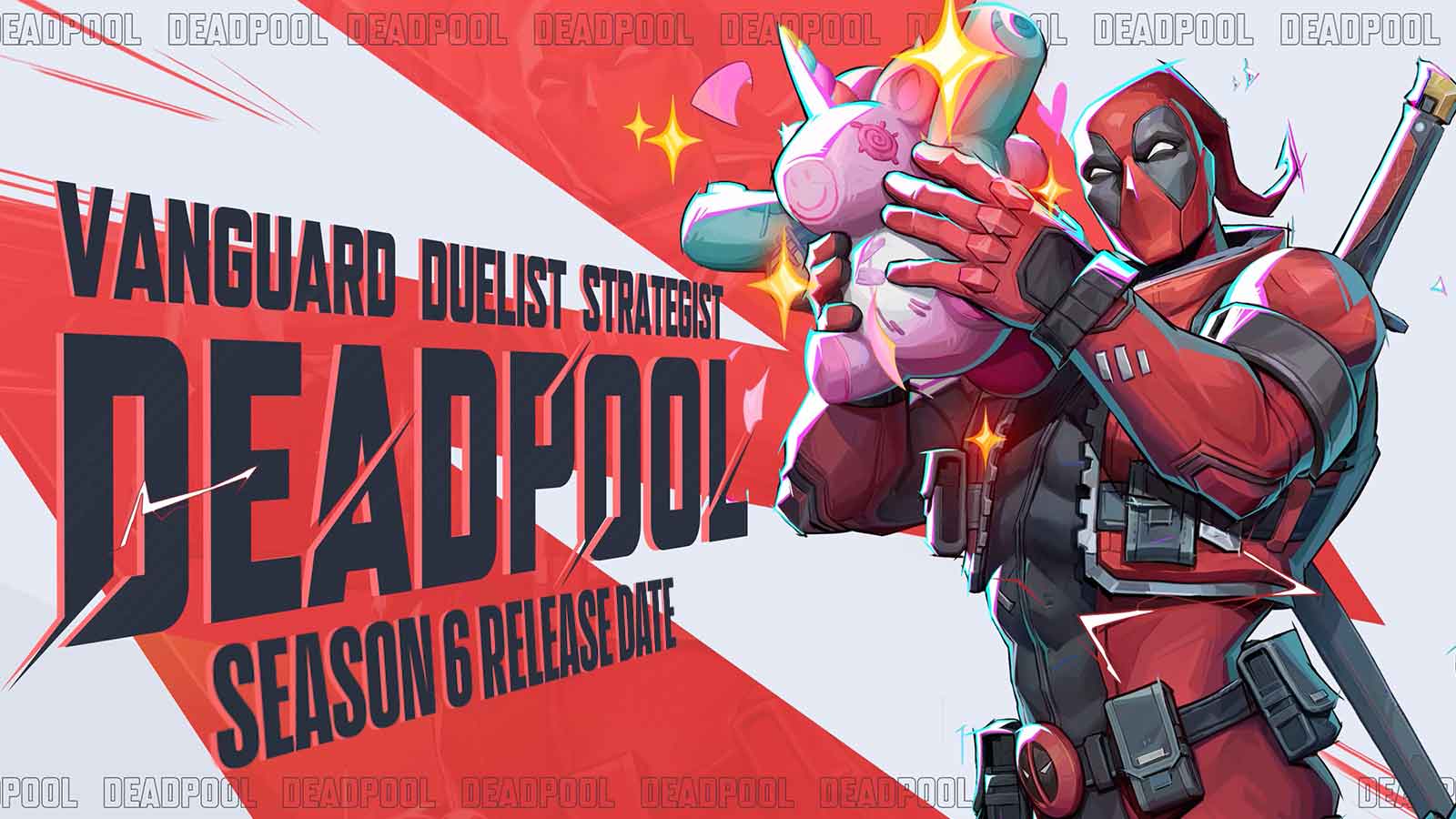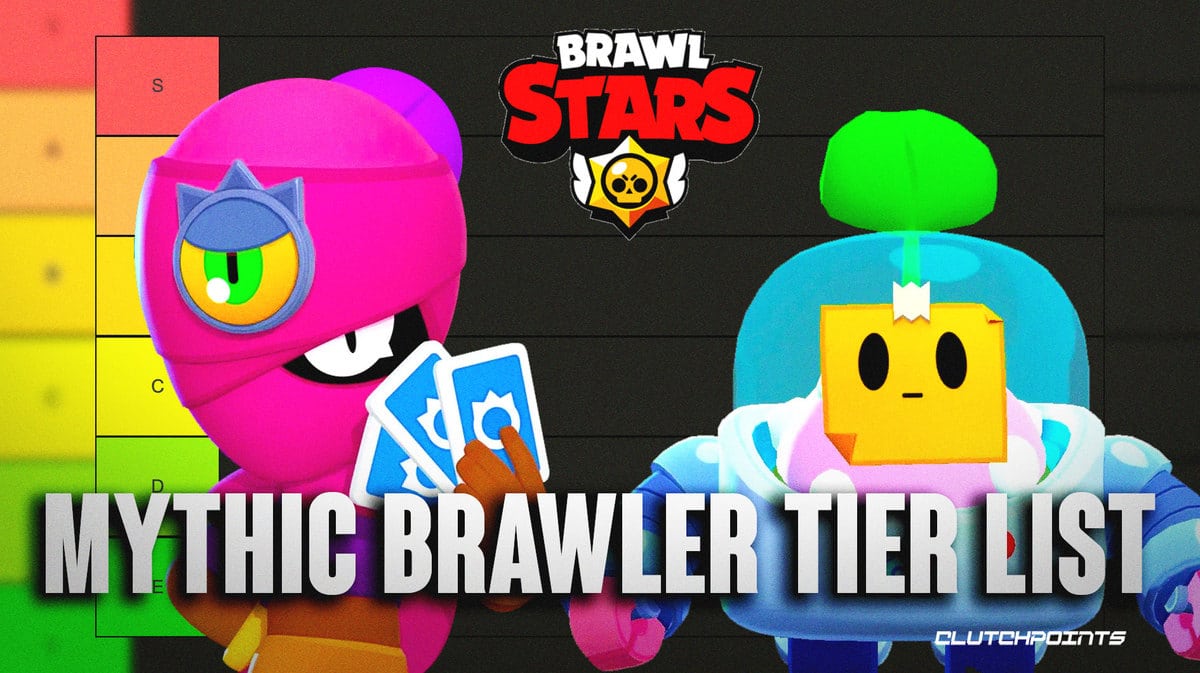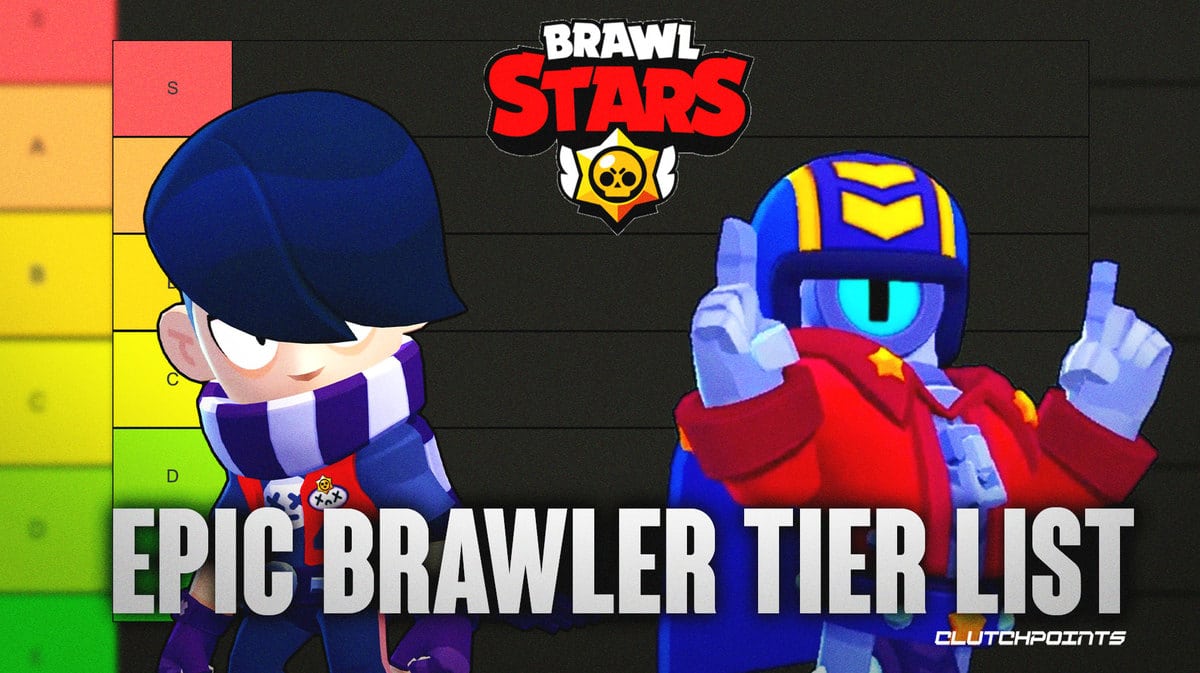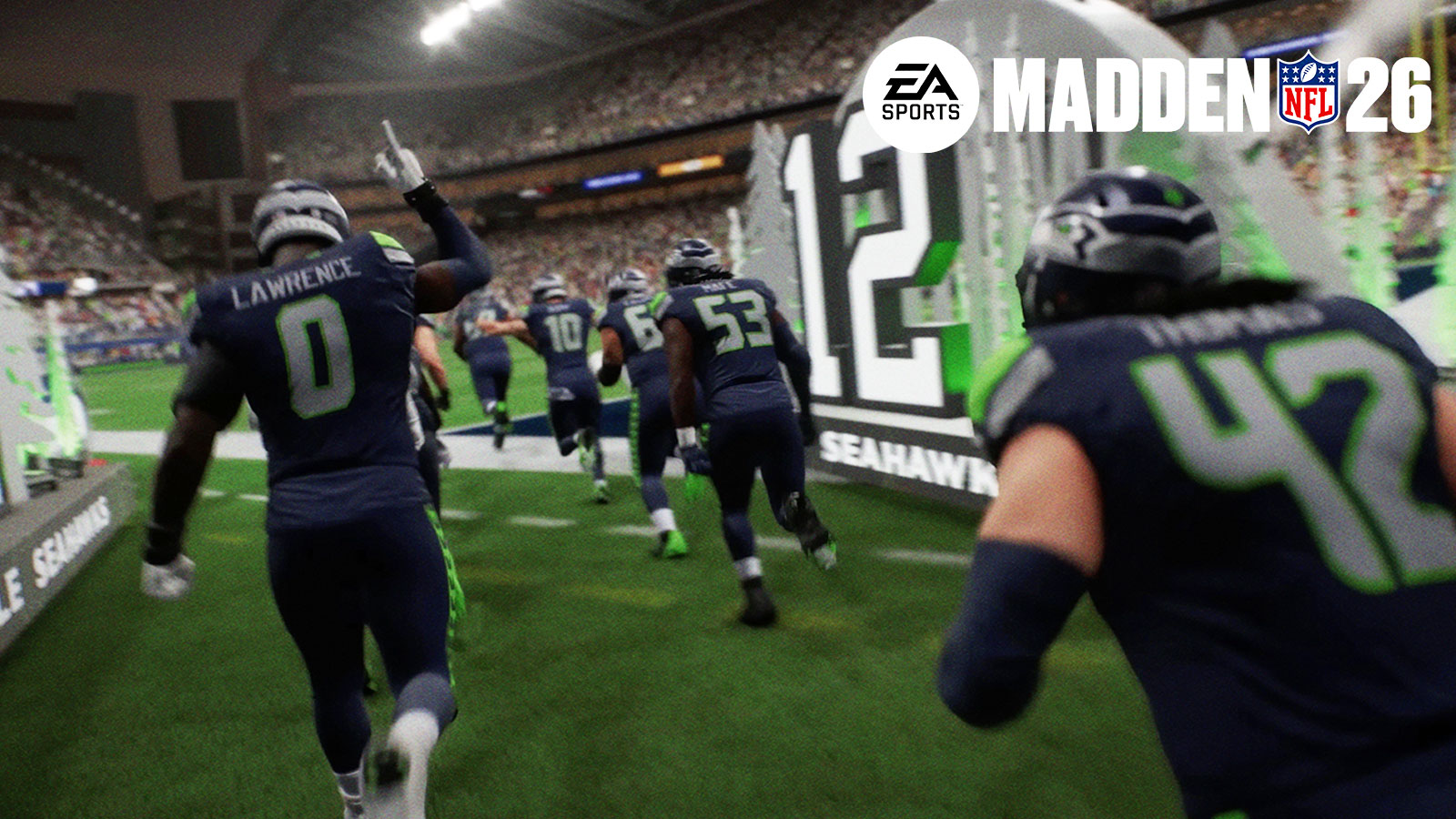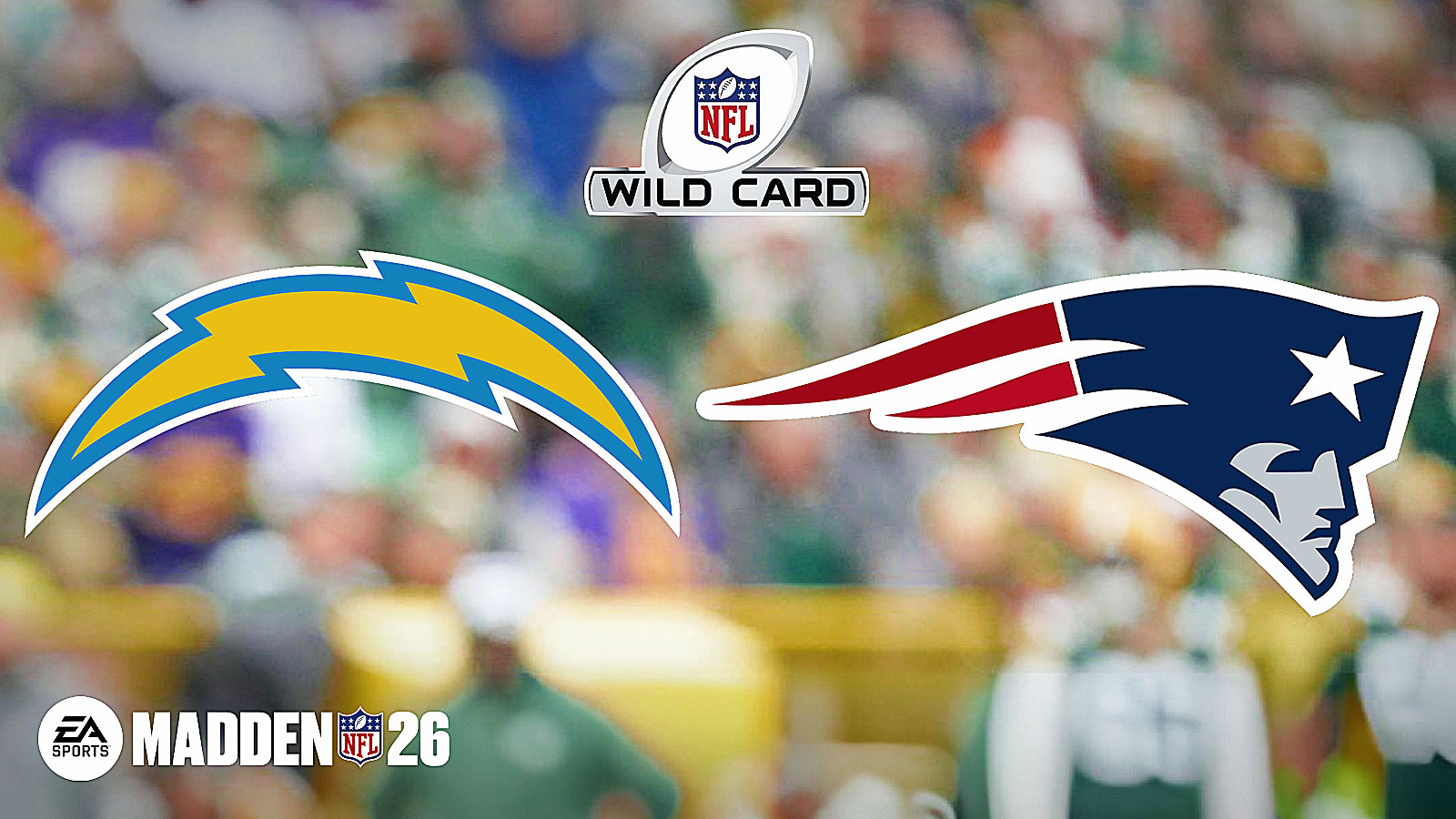For a game with this title, it is anything but. Here are our first impressions of Ugly, a quick review of its gameplay and story.
Let's first start with the basics. Ugly is a puzzle platformer coming out on Nintendo Switch and PC. The demo, which was not all that long, gave a very good taste of what the full game will be like. As such, let's dive into our first impressions of Ugly, a quick review of its gameplay and story.
Ugly First Impressions
Ugly Gameplay
The game plays like your usual platformer. Players can jump above obstacles, climb up ladders, go down platforms, and more. The controls are responsive, and it doesn't feel like the platformer puzzles are unsolvable. Overall, it's good for a platformer.
However, good is not enough. What does Ugly have that makes it different from other platformers? Or at least, what gameplay feature does Ugly have that makes it stand out? The answer lies in the player's ability to create a mirror. This doesn't sound interesting at a glance, but this mirror is actually what you need to use to solve many of the game's puzzles. See, the mirror isn't just any mirror. It allows the player to create a copy of themselves. Much like a mirror, this copy mimics everything your character does. If you jump, it will jump. If you climb a ladder, it will climb a ladder. Again, this doesn't seem that interesting. It might even sound like it's just unnecessary fluff. However, there's more to it than that.
When we say that the copy mimics what your character does, we mean it. When you jump to climb over an object. it will copy your actions. Even if there are no boxes or platforms to climb up on, the copy will do it. Even if there's no ladder for the copy to climb, if the player starts climbing, then it will also climb. That means that players can use the mirror mechanic to access locations they normally wouldn't be able to. But then, it's the copy who's able to make their way to the unreachable locations. What does that mean for the character? Well, they can switch places.
To be specific, the player can switch between which character on the screen to control They can control either the original character or the copy they make by placing down a mirror. This lets the player access locations they normally wouldn't be able to, as mentioned above. Let's use the ladder example from above. Say, for example, that the bottom half of the ladder is on the left side of the room, and the upper half is on the right side. I could make a mirror at the center of the room, climb up the ladder on the left side, switch over to my copy, then climb up the ladder on the right side.
Most of the puzzles in Ugly go like this. The player must use their mirror copt to reverse a puzzle platformer that requires both copies to be in their proper places. This is especially true when it comes to puzzles where the player must work around walls. It gets even harder when gravity becomes involved. There are times when the player must place the mirror below them. This changes things up, as the gravity of the player and the copy depends on which one the player is controlling. It takes some getting used to, but once you've mastered it, it should be fine.
I'm sure there are more features and puzzles for me to solve in Ugly that I wasn't able to encounter yet. After all, the demo I had access to was only around 20 minutes long. However, that doesn't change the fact that I was able to experience a huge chunk of what the game has to offer. Granted, the mirror mechanic is not a new feature in the gaming world. Bokura, for example, does something similar in that a lot of the obstacles in the game are not visible to one player. There are other platformers as well that have used the gravity switching mechanic, as well as the mirror mechanic.
That doesn't mean that Ugly is bad. The developers were able to incorporate already available gameplay mechanics into their game, and not make it feel forced. As mentioned above, the controls are very responsive, the gameplay is very smooth, and overall the game is very good. It's not very amazing, per se, but it's still something I can see myself playing.
Now, let's review Ugly's story.
Ugly Story
I didn't run into much dialogue while reviewing the demo for Ugly. I didn't even know if I was going to experience anything resembling a story. However, I believe that the game does a really great job of telling the story even if there was no one talking. It did this simply by using the game's environment.
Something that a lot of players tend to forget is that the game environment is not there solely to make the game look pretty, or to set up the game's atmosphere. By placing the right props in the right location, the player can piece together a game's story, even without anything written or spoken.
For example, at the start of the game, the player finds themself waking up in a dirty room. After leaving their room, and entering a mansion, you can immediately tell that the player's character is not someone that the masters of the house accept. If the game's title is anything to go by, as well as the in-game appearance of the player, it could be because the character is extremely ugly.
As the player progresses through the mansion, they find various paintings and portraits, most of which have a person's face painted out. This tells the story of how someone, or everyone, in the house dislikes looking at that person's face. Likely because they are ugly. This is a recurring theme throughout the demo, something that makes you realize just how despised the player character's appearance is.
Perhaps the biggest environmental design that told a big story was the gigantic hanging, bandaged body in the center of the map. When I first entered the room and saw the body, it gave me chills. Was it alive? Was it dead? Why was it just hanging there? It didn't do anything when I approached it, and assumed that it was just there to scare the player. I was wrong. After finishing one of the bigger puzzles in the game, and right before unlocking a big door, bandages grab my character and pull them toward the center of the room.
There, the bandaged figure holds the player in front of its face, with the bandage slightly off to reveal an eye and a mouth, smiling at the grabbed player.
The demo ends here, but it sets the mood for the rest of the game. It tells me that there's more to this castle or mansion than meets the eye. It piques my curiosity about just what or who this hanging body is. They also tell a very interesting story just by showing the player the story through the game's backdrop, stage design, and more. It doesn't need any dialogue or long story, or whatnot. It's able to tell a compelling story even without them.
Ugly First Impressions and Review Summary
Ugly has a good balance when it comes to its gameplay and story. The gameplay is simple enough that players can easily get into it, but also challenging enough that the player has to think when trying to solve the puzzles. The story is told using the game's backdrops and level design and does a good job of telling the player just what they need in each moment. The twenty minutes I spent playing the game was short. However, it wasn't disappointingly so. It only served to make me want to play the game more.
That's all for our first impressions and a quick review of Ugly and its gameplay and story. Check the game out when the demo drops during the June 2023 Steam Next Fest. Check out our gaming news articles for the latest in gaming news.

